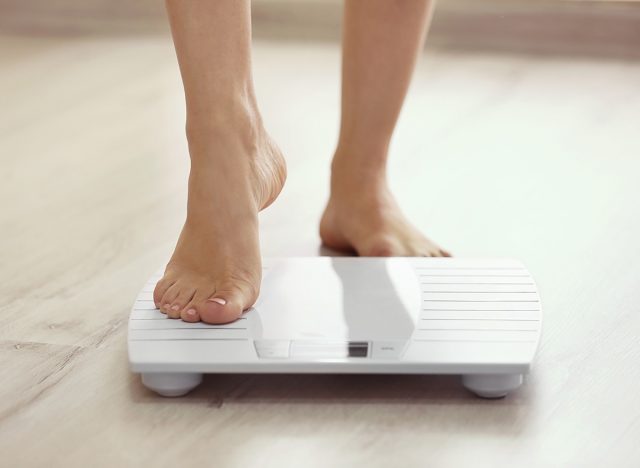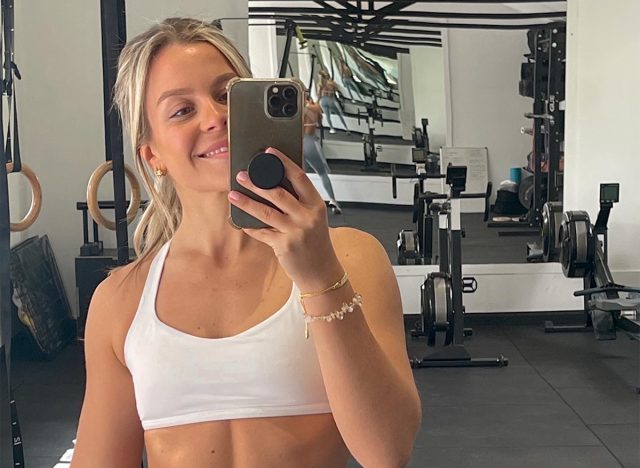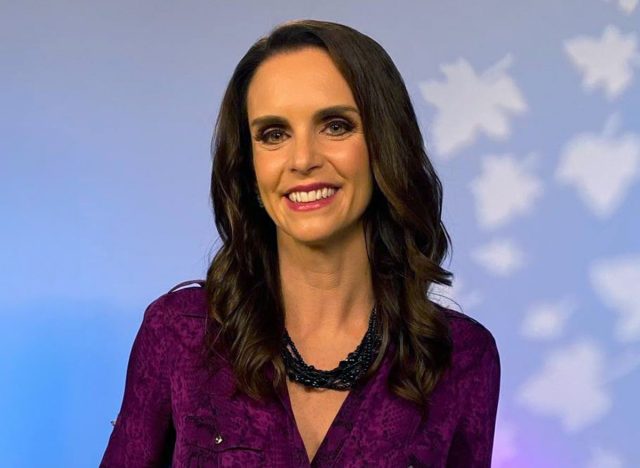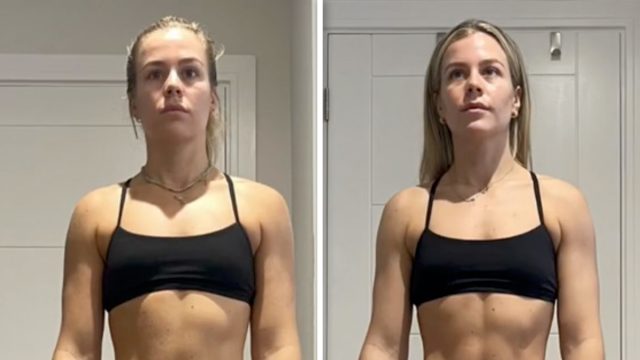Fitness Influencer Jordan Morgan Reveals Why You Shouldn't Stress About the Number on the Scale
The habit of daily weigh-ins is controversial for a variety of reasons, ranging from research supporting the habit in terms of weight loss success to studies finding that it promotes disordered eating and compulsive behavior. Jordan Morgan (@jordan_morgan_) is an online fitness coach who has built up an impressive following on TikTok by sharing helpful workout videos and tips. The influencer, who has lost an impressive amount of weight herself and transformed her body, recently shared a viral video explaining why the number on the scale may not be an accurate representation of your progress. "Here is why you shouldn't stress about the number on the scale," she says. The Body Network also consulted The Diet Diva, Tara Collingwood, MS, RDN, CSSD, LD/N, ACSM-CPT, a Board Certified Sports Dietitian for her opinion.
She Shares a Before and After
@jordan_morgan_ Why shouldnt fixate on the number on the scale! #weightloss #fatloss #bodytransformation #fitnesscoach #gymgirl #fitnesstransformation ♬ original sound – Jordan Morgan | Fitness Coach
Jordan starts the video off with a before-and-after image of herself. "So I have two photos of me here. Over here you can see I clearly have more muscle mass and less body fat, and over here I have more body fat and less muscle mass," she says about the photos.
She Points Out That She Weighs More in the Photo Where She Looks Better

She points out that even though she looks fitter in one of the photos, she weighs the same. "And despite looking smaller in this photo over here, I am actually the exact same weight in both of these photos," she explains. "The reason is because my muscle mass went up and my body fat went down."
Related: Alex Rice in Cropped Workout Top Reveals Upper Body Workout
She Didn't Lose Weight, But She Got Fitter

She points out that even though she visibly looks better, she didn't lose weight. "Therefore, the number on the scale didn't really budge, which is why you should not let the number on the scale be the decider of whether you are making progress or not," she says.
She Suggests Taking Photos of Yourself to Show Progress, Not Weighing Yourself

Her suggestion? Take photos of yourself at every stage instead of relying on the scale. "It's really important to go off of progress photos, how you feel, and what you see when you look in the mirror," she concludes.
Related: I'm a Dietitian and I Lost 100 Pounds With These Delicious Foods
RDN Agrees

Collingwood agrees. "You can't tell how healthy someone is by sight. You also can't tell how 'fat' they are by sight. Muscle is dense and takes up less space on the body than fat. I regularly do body composition testing on people and I can never tell exactly what their body fat is just by sight," she says. "If you do zero exercise you won't have much muscle. Even if you appear to be thin you could be over-fat by measurement standards."
💪🔥Body Booster: Instead of relying on the scale, take progress pictures of yourself instead. And if you enjoyed this article, don't miss 12-3-30 Walking Method: 20 Proven Tips to Lose Weight Faster.





